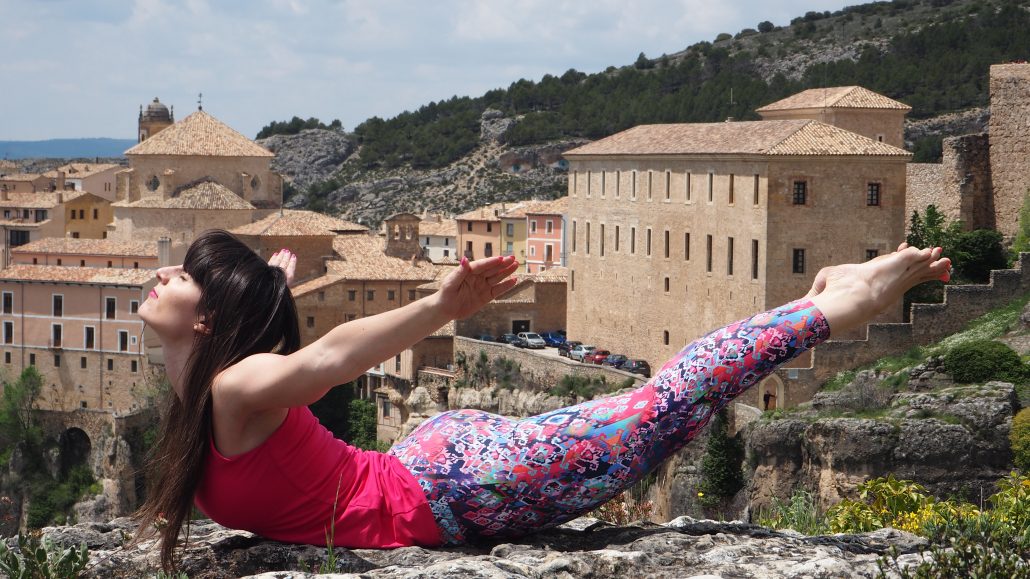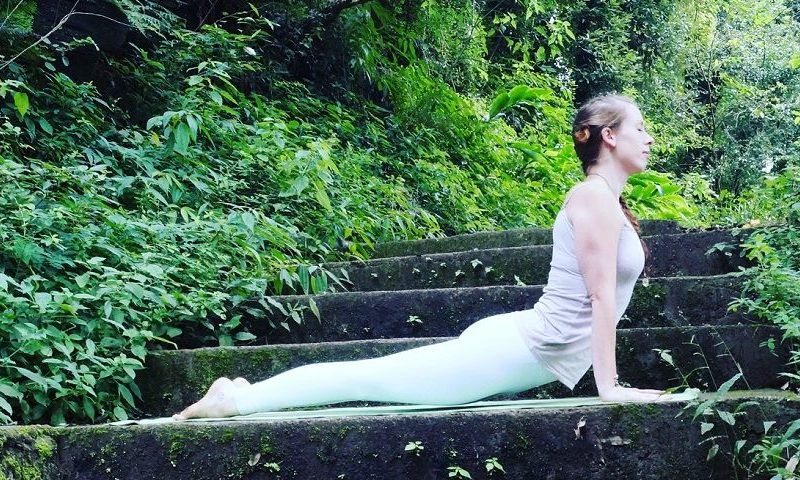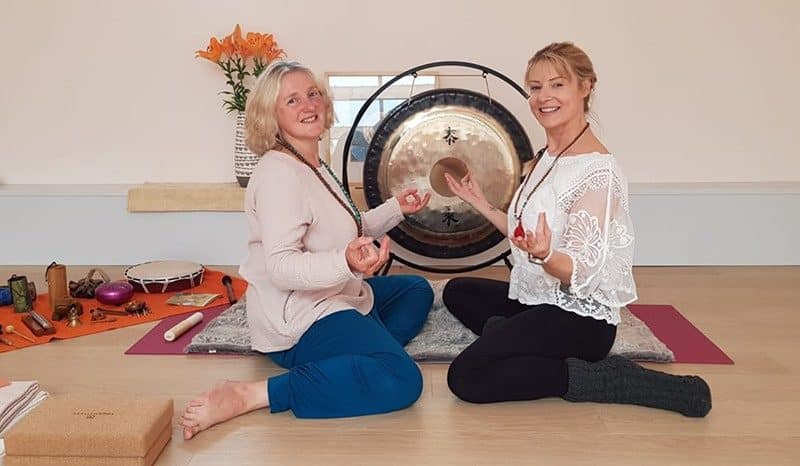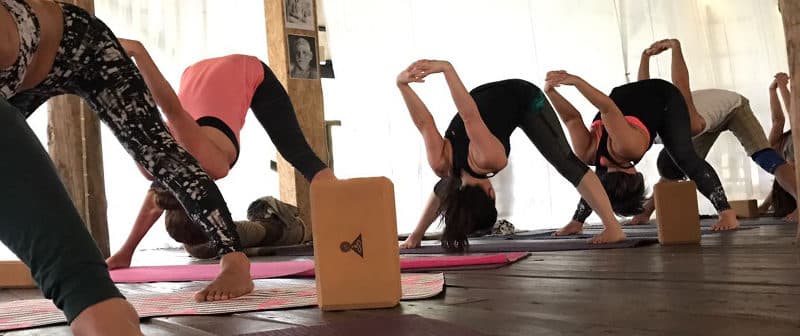Yoga is a source of therapy.
Yogis who practice regularly can attest to the therapeutic powers of yoga, no matter which style(s) of yoga they practice. There is no trick in yoga; no one is trying to fool you. The asana practice simply gives you a greater body awareness which leads to better control of the mind which simply allows a precious mind/body balance and greater sense of inner freedom.
Yoga is now known worldwide and happily practiced by millions of people.
One of the Taoism principles says that everything tends to balance itself out in time and the yoga boom that we are experiencing right now perfectly exemplifies that. Moving through the often chaotic world we are living in today, we can see that yoga and mindfulness are needed tools helping to restore some of the chaotic energy around us.
One of the main reasons why the world is in it’s chaotic and unbalanced state is the rapidly expanding movement of westernization and so, the yoga styles that are emerging are somehow also sync with this lifestyle. Even if styles such as Hot Yoga or Vinyasa Flow provide clear muscle toning and mind relaxation, they both represent a very intense physical activity as well.
However, it is just the natural course in the restoration of balance. It is not possible to go from a world where the World Health Organization (WHO) categorizes work related stress as a serious illness to a world of frequent group meditation sessions during mid-morning breaks at the office in the blink of an eye. The very fact that millions of people are choosing a regular yoga practice as a stress relieving therapy over a drug prescription shows that we are on the right path. Yogis, we are changing the world one breath at a time.
It is time for the next step: Yin Yoga.
And now that namaste, downward facing dog, and sun salutations are regular words in our vocabulary, it is time for the next step. Yin Yoga. Every day there are more Yoga studios that are starting to give importance to this style in their schedule. They are coming to find that even the yoga practices need to be in balance.
Its name, Yin Yoga, says it all. It represents the other half of the more common Yang styles of Yoga. Yin and Yang.
In Yin Yoga, postures are done mostly on the floor, held for a longer period of time and perfect alignment is not a required element of the practice. In short, Yin Yoga is the antithesis of a regular yoga class.
Yin Yoga and its Benefits
1. Improve your flexibility.
To start I’ll tell you that one of the benefits is that it will help you improve and move further into your asanas in your Vinyasa or Ashtanga (or other) practice and that your flexibility will improve at a much quicker rate.
The lack of flexibility that most people have is often thought to be just muscle tightness. While this is a true statement, mobility reduction in joints is also one of the main reasons for a lack of flexibility. The long holds in a Yin Yoga practice are the key to the practice. It is the work that yin tissues (like fascia, ligaments and joints) need that they rarely get.
While muscles need a yang style exercise to work them out, these yin tissues need the opposite kind of exercise. Movements that are more gradual and passive. By doing so we remove tension that is located in the deep tissues and we recover part of the movement that we lose over the years of repetitive activities such as running or by sitting on an office chair for endless hours day after day.
2. Still your mind.
These physical benefits of Yin Yoga are also complemented by its psychological benefits.
Most of the time our mind creates an illusion, a belief, thought or feeling, that is not remotely real. And the worst part is that we think all this is not only true, but the only truth. Stillness is a good example. Without a doubt stillness is one of our mind’s biggest enemies. Yin yoga asanas, just like savasana, require a grand control of the mind. Give the opportunity to your mind, give it one minute of stillness, just one, and immediately you’ll feel the need to scratch your leg, move your hair or swallow. In every Yin Yoga class we give multiple 5 minute opportunities of stillness like this. This means there is a lot of time to analyze they way our mind works. The experience, if you surrender to it, is very liberating.
Analyzing the way that our mind works in uncomfortable situations (be them boring or merely unpleasant) will help us understand the way we act during our lives off of our mats. This is why stillness and silence are such an important part of the Yin Yoga practice.
3. Release your emotions.
Yin Yoga offers physical, psychological and emotional benefits that are available for every yogi, beginner to advanced. Get to your mat – your practice will do the rest.




